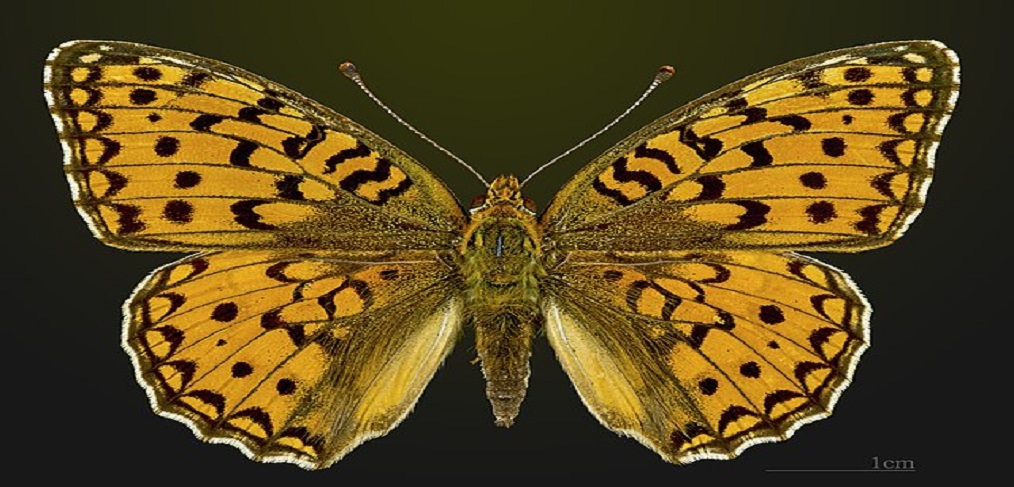
species of the week #12 – Niobe fritillary
The Niobe fritillary achieve a wing span of 45 to 50 millimetres. As with all Niobe butterflies, the upper sides of the wings are orange with black spots and cross bands as well as a dark wing seam. The undersides of the wings are coloured light orange to light yellow with mother-of-pearl spots on the lower pair of wings. The caterpillar is dark with white spots and red and white thorns.
| Distribution status | Extinct in Rhineland-Palatinate |
| Remaining deposits | North Sea coast, Upper Black Forest, Swabian Alb, North Rhine-Westphalia, Saxony |
| Last sighting in Rhineland-Palatinate | 1970 Wengelsbach |
| Habitat | Low-growing low-nutrient grassland, sand heaths, pine forest clearings, dunes |
| Threat of | climatchange, conversion of nutrient-poor meadows |
The Niobe frittilary is decreasing strongly and is completely extinct in Rhineland-Palatinate. In the cooler regions of Germany it only occurs like an island. Extensive use of nutrient-poor meadows and the existence of fringing biotopes with stands of violets as forage plants for the caterpillars are crucial for its re-spreading. One nectar plant for adult butterflies is the field thistle. It needs vegetation-free areas to sunbathe. In addition, the areas may not be mowed, grazed or used for other purposes. It avoids warmer climates in Central Europe and feels much more comfortable in cooler regions with harsh winters. On the East Frisian Islands the butterfly occurs in the grey dune areas – but only where such areas are present on a large scale. A minimum area of 100 ha is assumed, which the species needs for long-term survival.
Politically necessary:
– Strengthening the biotope network
– Preserve nutrient-poor grassland
– Limiting climate change
Picture: By Zeynel Cebeci – Own work, CC BY-SA 4.0, https://commons.wikimedia.org/w/index.php?curid=48422682
